ADVERTISEMENT
toussaint louverture
New Toussaint Louverture statue in La Rochelle, France
To publicly recognize Toussaint Louverture as one of the first in the fight to abolish slavery a statue was unveiled in his honor at the Museum of the New World of La Rochelle France. The city of La Rochelle played a very important role during the period of slavery. This great leader fought until his death for the abolition of slavery.
On Wednesday, May 20th, in the presence of the Mayor of La Rochelle, the Senegalese sculptor Ousmane Sow and a Haitian official delegation, a statue of Haitian revolutionary and a leader of independence, Toussaint Louverture (1743-1803) has been unveiled in the courtyard of the Museum of the New World of La Rochelle France. Toussaint Louverture (nicknamed The Black Napoleon) was a former slave, in 1801, promulgated an autonomist constitution for the colony, with himself as governor for life. But in the next year he was forced to resign by forces sent by Napoleon Bonaparte. The 2.80 meter high bronze statue in the costume of governor of the French Republic of Santo Domingo, is a tribute to him for abolishing slavery in the country. Toussaint Louverture died in 1803 in a cell in Fort de Joux (Doubs, Savoie).
Letter from Henri Christophe to Governor Toussaint Louverture, 1802
Here is a letter written by Henri Christophe as Generale De Brigade of North of the country to Toussaint Louverture who was the Governor of Saint-Domingue(Haiti) in 1802
Henry Christophe was a self educated person who learned everything from own experience. He was born in a slave family in 1767, never went to school. Christophe had always maintained a mission to eradicate slavery and build Haiti into a strong country. He was born in a time when the French, Spanish and English all had an interest in the island and the tormented slaves were desperately rebelling for their freedom. The facts of his early life are debatable to the historians who believe that they were issued and publicized on his own order with convenient citation of birthplace (Grenada, a British colonial acquisition in the Lesser Antilles) and date. Some of them believe that he was born free, but became enslaved as a youth.
The history of Toussaint Louverture International Airport
Here is a picture of Haiti International Airport during the government of Dumarsais estime.
The History Of Toussaint Louverture International Airport. Toussaint L'Ouverture is the busiest Haitian international airport located in Tabarre, near Port-au-Prince. In the beginning, during the 1940s, it had been both a military and civil airport. Later, during 1950s and 1960s, it served as a U.S. military base in Haiti. In 1965, with the grant money collected from the "People of Haiti" (lottery, taxes, etc.,) and the U.S. government, the airport was developed in the name of then President François Duvalier. In 1986, it was renamed as Port-au-Prince International Airport. The name was changed again in 2003 by President Jean Bertrand Aristide in the honor of the Haitian revolutionary leader of Toussaint Louverture. The airport was severely damaged in the 2010 earthquake. President Martelly has opened the newly repaired arrival terminal on 25 November 2012. The main building serves as the International terminal. It houses two-story concrete and glass structure, few retail stores. Immigration and check-in facilities are located on the ground floor. The "Guy Malary Terminal" is used for domestic flights. There are specified areas for general aviation and cargo flight. The airport has three jet bridges, mobile stairs, and the ramp can handle 12 planes. There is a renewal program that to be completed by 2015.
Fort de Joux in France in Honor of Toussaint Louverture with Haitian Flag
Here is a picture of Fort de Joux in France where Toussaint Louverture spent his list few years in prison under harsh condition. This day, it is another story all together. He is now considered a hero and both Haitians and French want to claim him.
Toussaint Louverture was known to his contemporaries as "the Black Napoleon". To abolish slavery from Haiti he fought against the best-trained European forces, including armies from France, England and Spain and France. He is the only successful revolutionary slave leader in modern history and the first Black to become the governor of a colony. He allied with France and became a dominant political and military leader in the French colony; ruled Saint Dominque as an independent state. When he drafted a constitution emphasizing abolition of slavery, he earned the ire of Napoleon Bonaparte. He was captured and on August 25, 1802, sentenced to a cold, isolated cell in the French mountain prison at Fort de Joux so that he would be forgotten from his countrymen behind his secluded prison. He died of pneumonia in his solitary cell within his seven months of captivity on April 7, 1803. He wrote a memoir during his confinement where he compared Napoleon's plan of forceful limiting him with phrases as--"cut out one's tongue and tell him to talk","bury a man alive". On October 29, 2014, the Haitian President Michel Martelly paid tribute before the statue of this Haitian independence hero at Fort de Joux in France and placed a Haitian flag in his honor.
Visit by Michel Martelly in Fort de Joux in France in Honor of Toussaint Louverture
Here is a picture of Haitian President Michel Martelly on October 29, 2014 as he stands in front od the statue of Toussaint Louverture in Fort de Joux in France in Honor of this great Haitian hero, known internationally
Toussaint Louverture was a self educated person and a former slave who rose to become the leader of the only successful slave uprising in modern history. He joined the slave insurgency and quickly with efficiency became the military secretary to Georges Biassou, one of the insurgency's leaders. When his leaderships allied itself with Spain against France, he followed. In 1794, when Spain and Britain threatened France to take control of the island, the French acted to preserve its colonial rule and to gain the loyalty of the black population, granted citizenships, rights and freedom to all blacks within the empire. L'Ouverture allied with France against Spain during 1794 to 1802, and became a dominant political and military leader in the French colony. By 1801, he ruled Saint Dominque as an independent state. He drafted a constitution emphasizing the abolition of slavery and appointed himself governor for "the rest of his glorious life. In 1802, Napoleon organized a large military expedition and dispatched his brother-in-law, Charles Leclerc, to capture L'Ouverture and return the island to slavery under French control. Toussaint was captured and was shipped to Fort de Joux for imprisonment. It was there where he died of pneumonia in a solitary cell on April 7, 1803. On Saturday, November 1, 2014, President Martelly paid tribute to this great to the independence hero, at Fort de Joux and at the initiative of the French authorities, he was invited to 'meditate' to the dungeon of Fort de Joux, where Toussaint Louverture died.
Toussaint Louverture's Statue With French and Haitian Flag at Fort de Joux
Here is a statue of the Haitian hero Toussaint Louverture standing proudly in Fort de Joux in France With French and Haitian Flag.
Francis Domenica Breda or Toussaint Louverture (1743-1803) as he was more popularly known, is one of the great leaders in the history of the Haitian revolution. He was born in a slave family and the first Black to become the governor of a colony. Toussaint was a self educated revolutionary who defeated Europe's best-trained forces, including armies from France, England and Spain and France. After securing its independence, Toussaint renamed St. Domingue as "Haiti" and his policy on abolition of slavery eventually aroused the ire of Napoleon Bonaparte. On June 7, 1802, He was captured in Saint Domingue by an act of deceit by a French General of Division named Jean Baptiste Brunet. Toussaint, who had never remained far from his warm sea-level Caribbean life, was transported to Fort de Joux in France by ship and sentenced to a cold solitary cell measuring 6,50 x 3,90 meters. He was one of the fort's most noted prisoner. He suffered from loneliness and died in the prison out of a certain malady of the lung. Today, the fort is a tourist site, tourists come to pay tribute to his statue at Fort de Joux gifted by Haiti to mark the bicentenary of his death. The statue has French and Haitian flags on both sides.
Michel Martelly, paid tribute at Fort de Joux - Toussaint Louverture
Here is a picture of the Haitian President Michel Martelly on October 31, 2014 in France as he was paying tribute at Fort de Joux to the Haitia Hero Toussaint Louverture.
Martelly Honors Memory of Louverture
President Martelly is the first Haitian head of state serving, who has ever visited the cell of General Toussaint Louverture at Fort de Joux, who died nine months before Haiti's liberation in January 1804.
Louverture has been honored with symbolic, commemorative, and institutional remembrances ever since his death.
President Martelly has called Louverture Haiti's "black Spartacus". First Lady Sophia described Louverture as ". . . one of the greatest humanists the world has ever known."
Slave Rebellion in Saint Domingue, Toussaint L.Ouverture and Jean Jacques Dessalines
Picture of Toussaint L.Ouverture and Jean Jacques Dessalines
A very short and simple history of Haitian Revolution is that it started in 1791 with an organize slave rebellion and ended in 1803 with the French Colony called St. Domingue turning into the first ever independent black nation called the Republic of Haiti. This is very true but the slave rebellion was not the only rebellion. There were in fact different revolutions that occurred simultaneously because of the French Revolution which started in 1789 in Paris. These included - Planters' move towards independence, the People of Color's revolution and the 1791's slave uprising.
Ribel Pierre intercepted at Toussaint Louverture International Airport like Gaillot Dorsinvil
There is a message that was given with this action. If you were a member of the Provisional Electoral Council (CEP), don't try to leave the country. At least, this is what Ribel Pierre and Gaillot Dorsinvil have been told quite clearly.
The passport of the former counselor Ribel Pierre was taken a Toussaint Louverture Airport on December 31, 2011 by immigration officer as he was trying to leave the country.

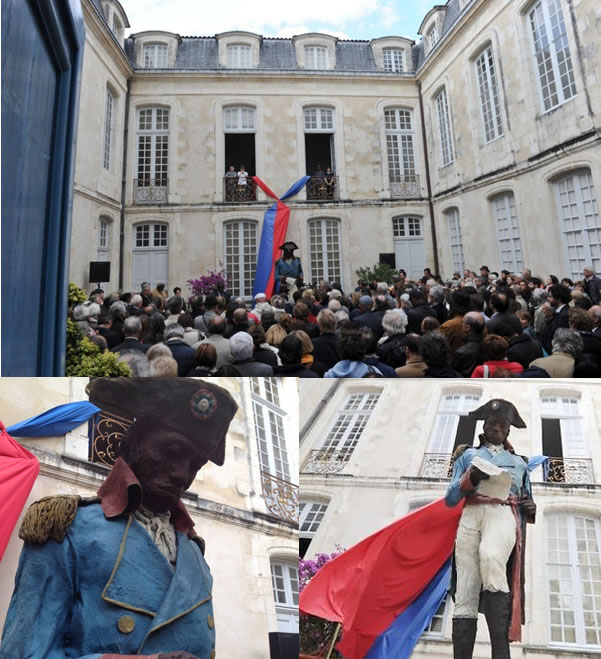
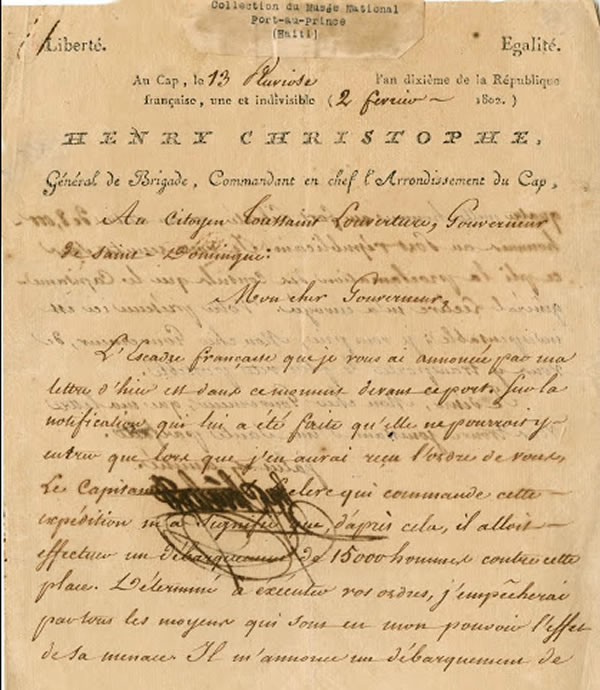


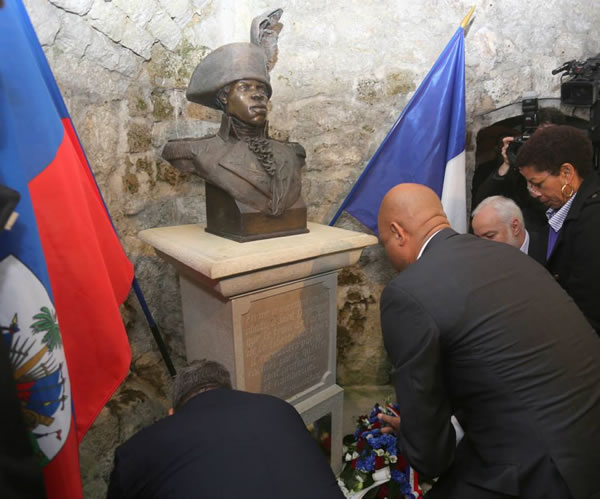
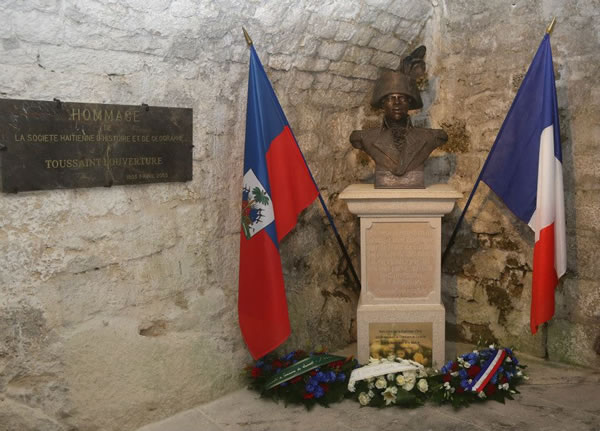
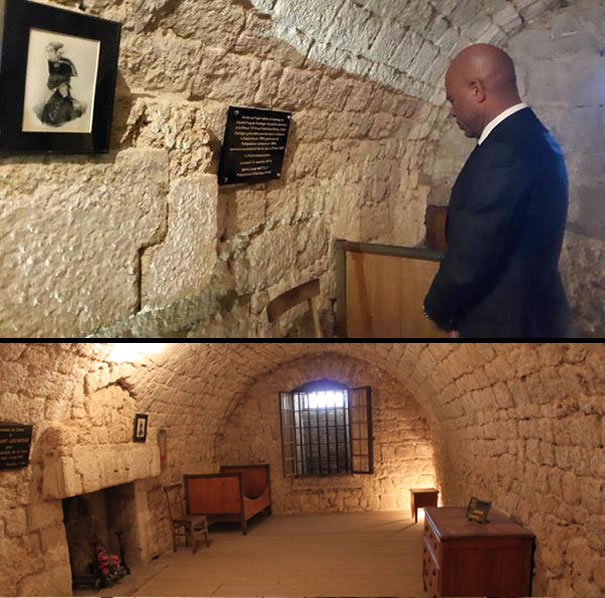
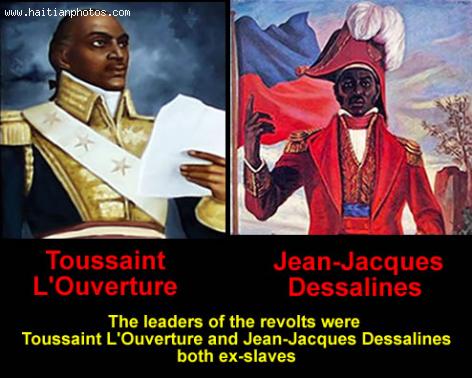
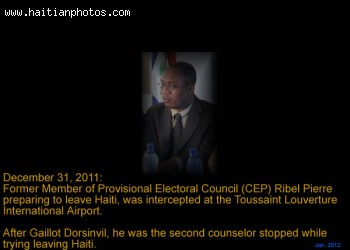
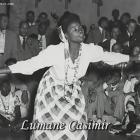 Lumane Casimir And Songs
Lumane Casimir And Songs 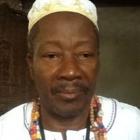 Ougan Alcenat Zamor eli nouvo Nasyonal ati
Ougan Alcenat Zamor eli nouvo Nasyonal ati  Children of Haitian descent handcuffed, deported from the Bahamas
Children of Haitian descent handcuffed, deported from the Bahamas 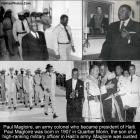 Paul Eugène Magloire, born in Quartier Morin
Paul Eugène Magloire, born in Quartier Morin  Haitiano-Japanese Naomi Osaka wins the US Open against Serena...
Haitiano-Japanese Naomi Osaka wins the US Open against Serena...  Haitians, the second largest black immigrant group in the US
Haitians, the second largest black immigrant group in the US 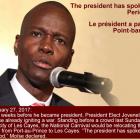 Jovenel Moise, the president has spoken. Period
Jovenel Moise, the president has spoken. Period  Commissioner Frantz Pierre indicted for accepting bribes
Commissioner Frantz Pierre indicted for accepting bribes 



